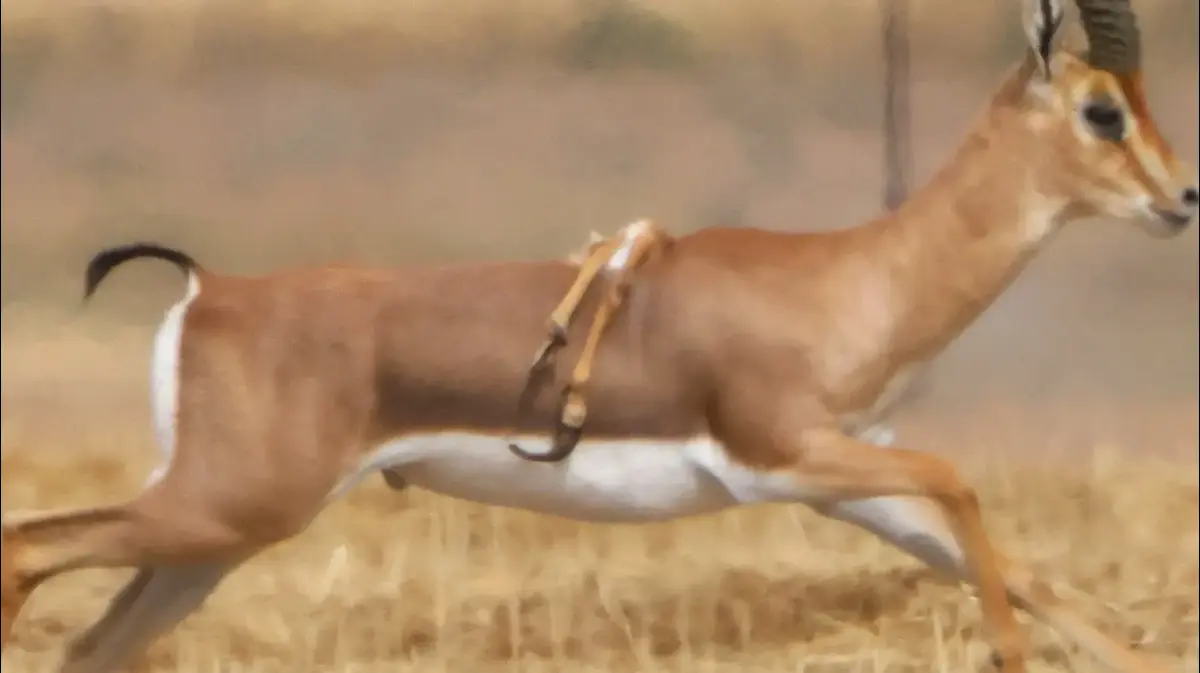A spotted fur for camouflage, no smell of its own, but a duck reflex: fawns can hide wonderfully from natural enemies in the tall grass - but that is precisely what is their undoing with combine harvesters.
Munich
- Hunters, animal rights activists and farmers look for young animals in the tall grass again in spring to save them from mowing death.
"This is a task close to our hearts," emphasized a spokeswoman for the Bavarian Hunting Association (BJV).
From mid-April they track the animals with drones and thermal imaging cameras before the farmers mow the meadows.
Young animals of many species instinctively hide in the grass from predators such as birds of prey, foxes or martens, explained the BJV spokeswoman.
Especially fawns are well camouflaged without their own weather and with their mottled fur.
The mothers observe their offspring from a distance and only approach them to suckle.
"This is a very clever, innate protective mechanism of nature to protect young game from predators - both with the fawns, but also with the brown hare and other nesting stools."
Animals protect themselves by crouching - this is fatal with the mower
But with the mower, the protective mechanism ends deadly: Instead of fleeing, the animals crouch in the tall grass until the end.
Almost 50 voluntary drone pilots and helpers will be deployed at the fawn rescue in Augsburg in the coming weeks, reported the coordinator and veterinarian Cornelia Günther.
You get up before dawn and fly over the field with drones.
If they discover a young animal, a helper will be guided to the location with a radio device.
With gloves and tufts of grass, the animal is then carefully carried out of the meadow.
"We actually have to lock the fawns away in a box or laundry basket until the area has been completely mowed," said Günther.
Otherwise the young animals would immediately seek shelter in the supposedly safe grass.
In 2020 they would have saved around 30 fawns in the Augsburg region in this way.
The animal rights activists also track down cats and rabbits during the campaign
The animal rights activists and hunters also track down cats, young rabbits or eggs from ground breeders.
In the Isarmoos, the lapwing is particularly endangered.
With a pilot project, the Federal Nature Conservation Union wants to save around 2000 chicks from mowing death: the farmers should wait until May 1 to till their fields, because then the chicks are big enough to flee from the machines.
In return, the farmers receive 150 euros per hectare.
Due to the vegetation and weather conditions, farmers only have a small window of time to mow their meadows.
You are obliged to search the area for young animals in advance.
Because these are barely visible to the naked eye, it is estimated that around 100,000 fawns and many other animals go about mowing each year.
(MIRJAM UHRICH)
By the way: The most important stories from the Free State are now also available in our brand new, regular Bayern newsletter.









